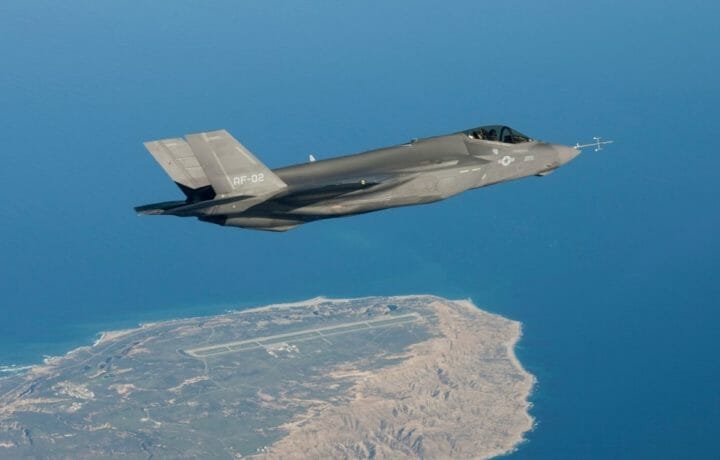Supporters of the F-35 Lightning II maintain that it is simply the most advanced combat aircraft in the world today. Critics have warned that the cost of the program is too high, noting that it could cost $1.5 trillion over the service life of the fifth-generation stealth fighter.
However, the aircraft is expected to remain operational until at least 2070, and many aviation experts have countered that it is more cost effective – in terms of upfront costs and ongoing operational costs – to move forward with more F-35s and to phase out aging aircraft including the old F-15s and A-10s. In a recently published report on the future fighter jet force published by The Mitchell Institute for Aerospace Studies, Future Fighter Force Our Nation Requires: Building Bridges, it was suggested that U.S. Air Force move forward with the F-35 instead of adopting the highly upgraded Boeing F-15EX.
“As capable of the F-15EX – it is a great airframe – the question is whether it is relevant for the threats we could face in the near future,” questioned Heather R. Penney, senior resident fellow at The Mitchell Institute and a former U.S. Air Force F-16 pilot.
“The F-15EX could be a short term, short gap,” Penney told ClearanceJobs, adding that it wouldn’t be the best investment for the Air Force.
The funding that could go to the F-15EX Eagle II, a highly updated and modernized F-15 Eagle, could be better employed to accelerate the F-35 program, while the Air Force begins development on a next generation fighter.
F-35 Starting To Show Its Age
One issue facing Washington is that even as the F-35 remains the most expensive weapons system ever produced, it runs the risk of falling behind aircraft being developed by potential adversaries – including China and Russia. Beijing is already testing its first carrier-based stealth aircraft, and to maintain an edge, the U.S. needs to move forward with the F-35’s Block IV – but the Air Force pushed back the delivery of the Block IV until 2029 or later.
The importance of these upgrades can’t be overstated, especially Block IV.
“(It) is a suite of mostly classified hardware upgrades, technologies, and software drops that radically enhances F-35 combat effectiveness,” The Mitchell Report noted. “The F-35 was planned and produced around a concept of spiraling more capabilities into production aircraft.”
The good news is that F-35 has already been upgraded with greater combat capabilities from incremental software upgrades. These have included the Block 3F F-35 software that increased the aircraft’s weapons delivery capability, and gave it the ability to drop a Small Diameter Bomb, the five-hundred-pound Joint Direct Attack Munition and the AIM-9X Sidewinder missile.
The Block IV upgrade will also allow the Lightning II to be armed with the Small Diameter Bomb Increment II, known as the Stormbreaker.
“Operational analysis has indicated that the even-more-advanced Block 4 configuration is necessary to be effective in a conflict with China,” the report stated. “However, challenges with maturing all of the Block 4 technologies has slid delivery of the full Block IV suite to at least 2029, and this is a significant factor in the Air Force’s decision to slow F-35A procurement.”
Block IV Delays
The danger now is that the delays associated with Block IV run counter to the Air Force’s plan to quickly evolve the software upgrade process, in part because upgrades are accelerating and integrating on much faster timelines to leverage technological advances.
The service has also said that these software modernizations will no longer take place within predetermined windows separated by a year or more, and instead will occur on a continuous “as-ready” basis.
“We need to accept that the F-35 is still a 20 year old design,” added Penney. “The way that the F-35 was developed makes modernizing it a complex progress. While it can be upgraded and improved, there are limitations. The Air Force should have been never been forced into a single program (with the F-35).”
Given that the clock is essentially running, Penney – who authored the report – said that the U.S. needs to move forward with adoption of the F-35, press on the upgrades but also look forward to even more advanced aircraft.




